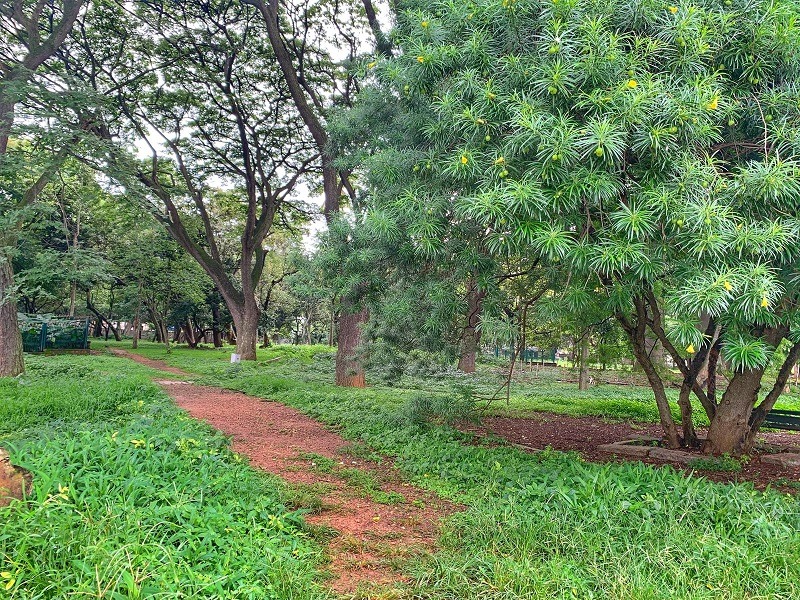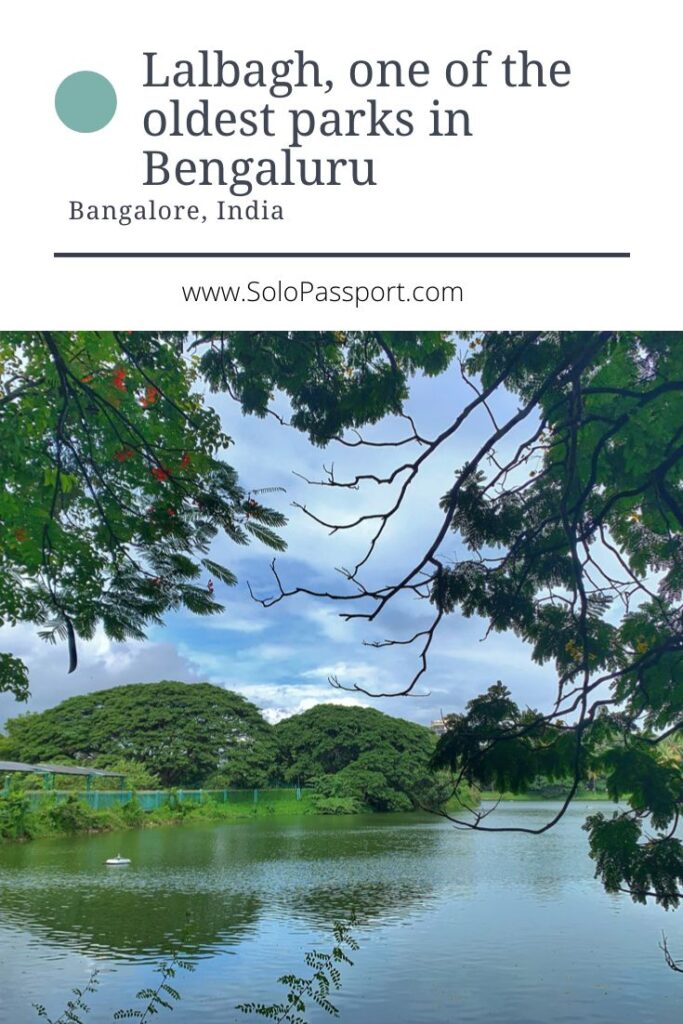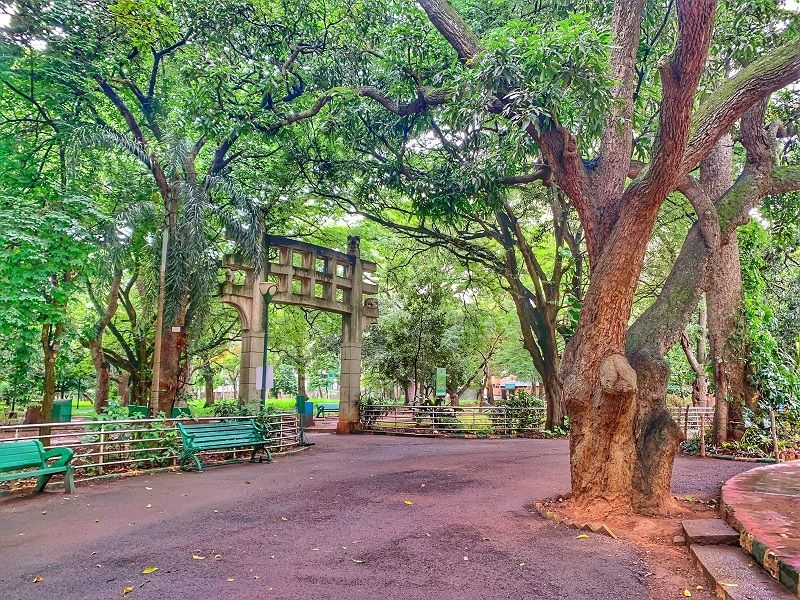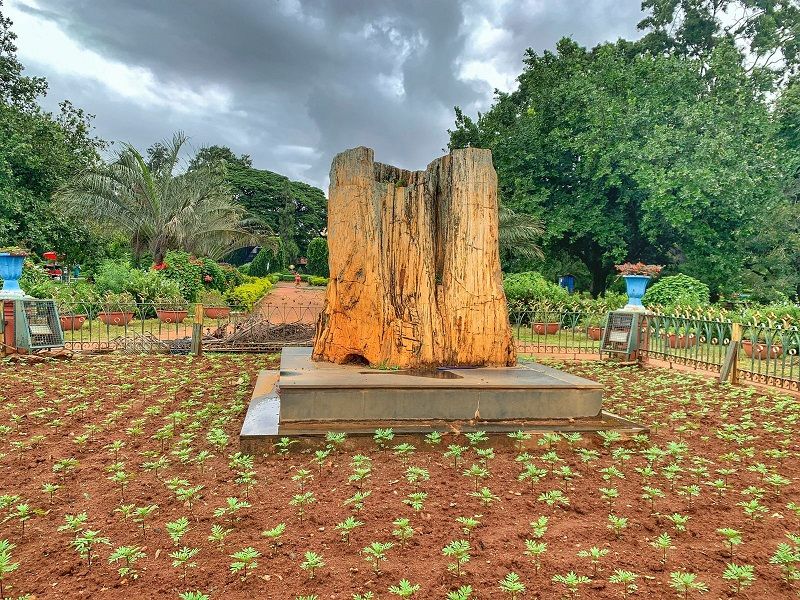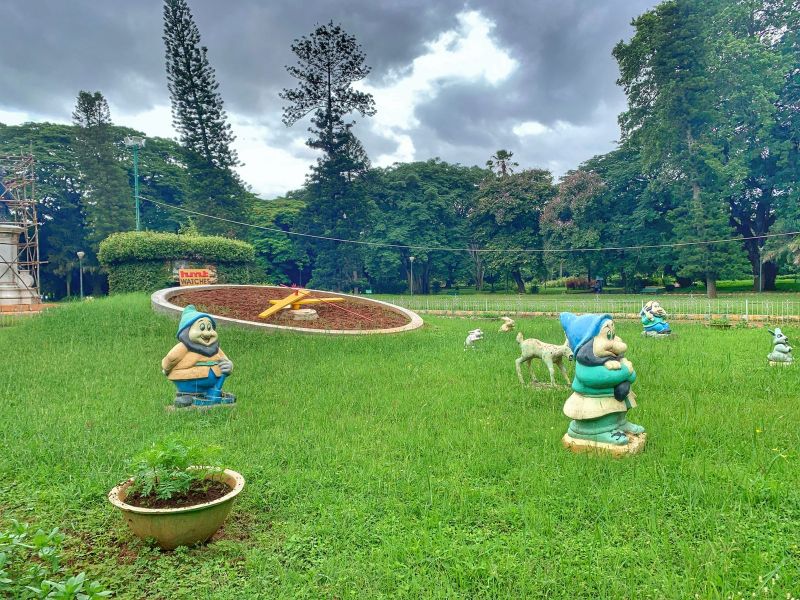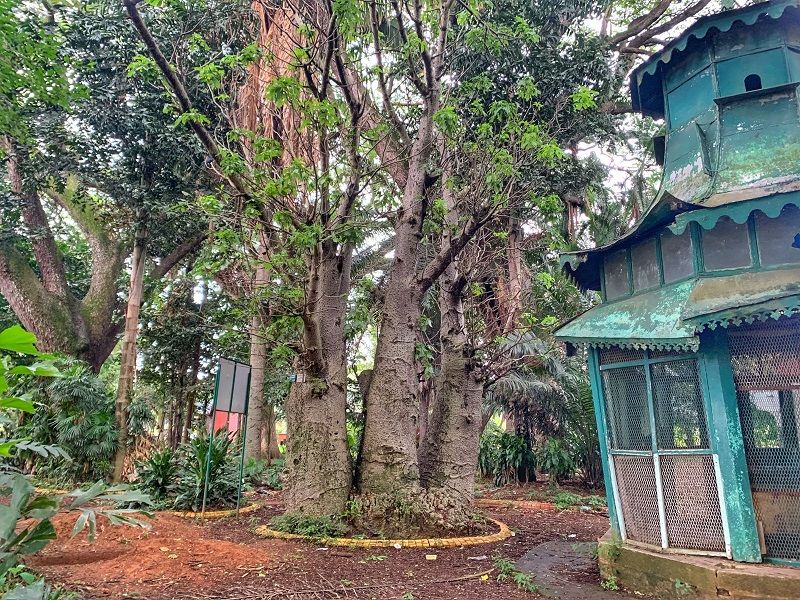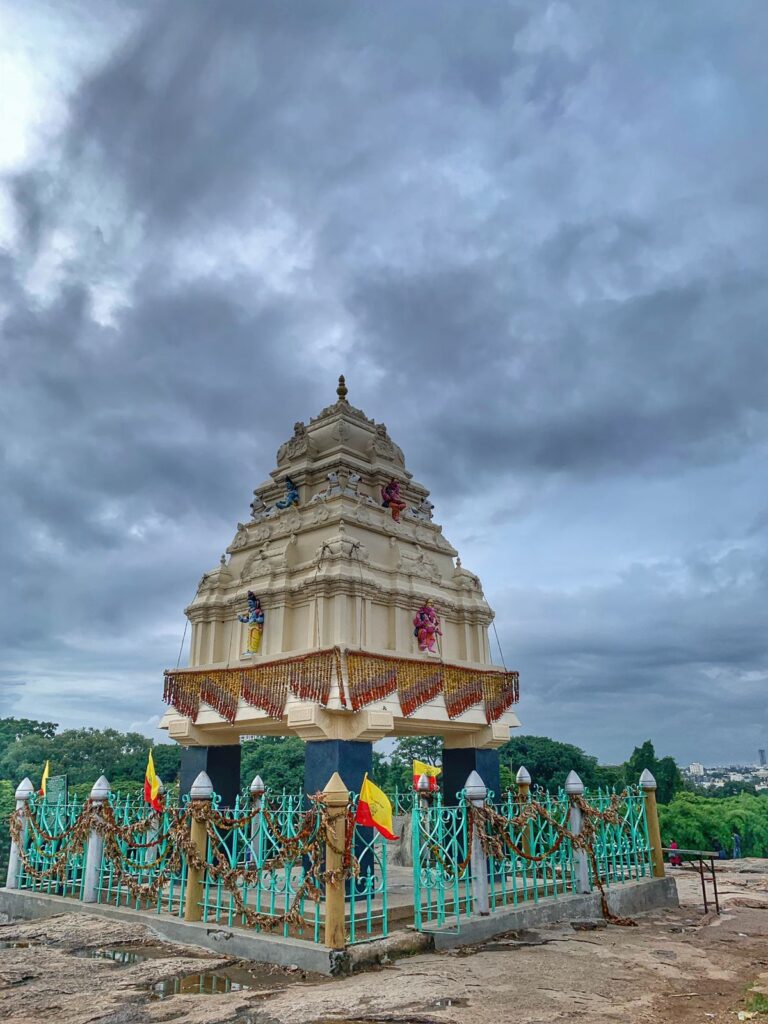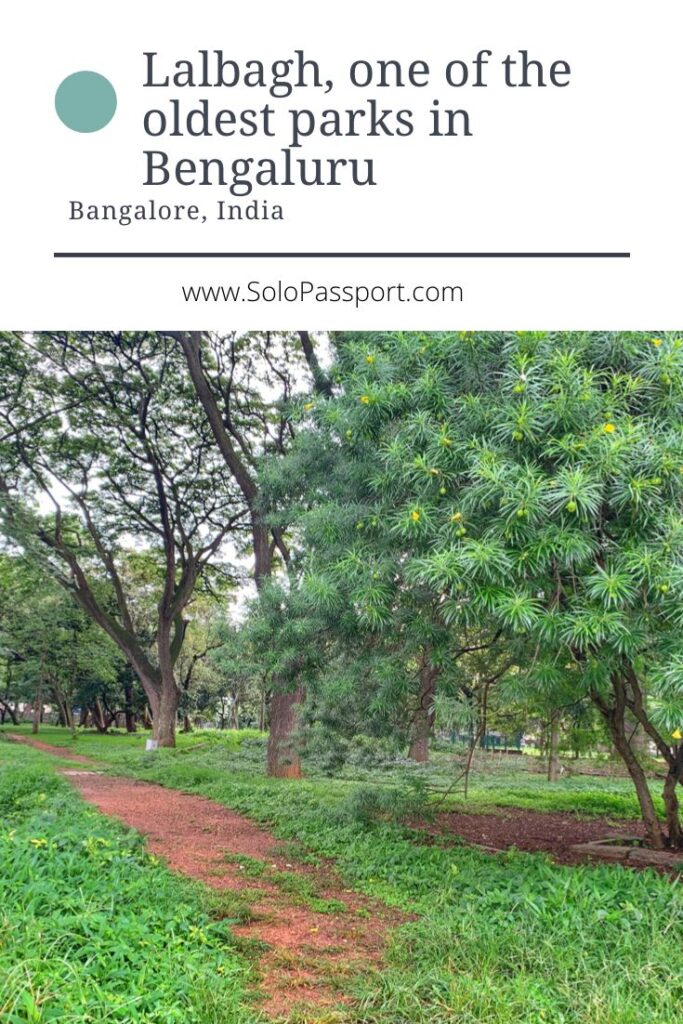15 Things to See in Lalbagh: One of the Oldest Parks in Bengaluru (2024)
Experience the vibrant oasis of Lalbagh, Bangalore’s iconic botanical garden. Explore its lush greenery, vibrant floral displays, and serene lakes. Discover historic structures like the Glass House and the Lalbagh Rock, and marvel at the diverse collection of plants worldwide. Don’t miss the majestic Kempegowda Tower and the serene Lalbagh Lake. Lalbagh is a haven for nature lovers, photographers, and anyone seeking tranquillity amidst the bustling cityscape.
Bengaluru or Bangalore, also known as the Garden City, boasts numerous gardens and parks, but none rival the historic significance and popularity of Lalbagh Botanical Garden and Cubbon Park. These two iconic green spaces are the crown jewels of Bengaluru.
As part of our Bengaluru Prayana (Prayana meaning journey in Kannada), my friend and I embarked on a journey to explore different facets of the city. One of our chosen walking trails led us to the enchanting Lalbagh, where we delved into its rich history and breathtaking beauty.
Page Contents
PIN for later reference – Things to See in Lalbagh: One of the Oldest Parks in Bengaluru
This article may contain affiliate links, meaning if you decide to purchase via my links, I may earn a commission at no additional cost to you. For complete information, please see our affiliate disclaimer here.
About Lalbagh Botanical Garden
Expanding over 240 acres, Lalbagh Botanical Garden boasts a remarkable collection of over 1000 plant and tree species. Initially commissioned by Hyder Ali and later enriched by his son Tipu Sultan, Lalbagh boasts a history spanning over two centuries.
Legends suggest that Hyder Ali and Tipu Sultan harboured a profound affection for botanical wonders, engaging in trade with merchants from distant lands to procure exotic plants in exchange for spices. This legacy has bestowed Lalbagh with a diverse array of flora from across the globe.
Following Tipu Sultan’s era, Lalbagh fell under British rule, evolving into a cherished social and recreational hub for the community. The name “Lalbagh” is derived from the combination of “Bagh,” meaning garden, and “Lal,” possibly signifying red, owing to its original floral palette. Alternatively, some contend that “Lal” may symbolize beloved, adding another intrigue to the garden’s name.
How to Get to Lalbagh?
Lalbagh offers access through four distinct entrances:
- The main or North gate
- The East gate
- The West gate
- The South (small) gate
Parking facilities are conveniently located near the East gate for visitors arriving by car. The parking fees typically range from INR 30 to INR 50.
Alternatively, the metro provides a hassle-free and cost-effective transportation option to Lalbagh. The nearest metro station is a mere 100 to 200 meters from the West gate, offering easy access to the garden’s entrance.
Entrance Ticket and Timings
- Visitors must acquire an entry ticket priced at INR 30 per person to gain admission to Lalbagh. These tickets are available for purchase at designated counters located at each entrance.
- Operating hours for Lalbagh are from 6 AM to 7 PM. However, it’s important to note that the gardens and walking tracks experience significant crowding during the morning and evening hours.
Things to Know Before Visiting Lalbagh
Please note the following guidelines for visiting Lalbagh:
- Digital cameras are prohibited within the park, but mobile phones for photography are permitted.
- Outside food is prohibited; however, numerous food and fruit vendors can purchase snacks and fruits.
- Sports equipment is not allowed within the premises.
- Due to the presence of snakes, exercise caution and stay on designated walking paths.
- Please refrain from littering; the park provides ample dustbins for proper disposal of garbage.
- Pay-and-use toilet facilities are available within the park.
- Wear comfortable footwear as Lalbagh spans a vast area and requires extensive walking.
- For those seeking a more leisurely experience, eco-friendly (electric) carts are available at the ticket counter for a supplementary fee of INR 100 per person.
- Drinking water tanks are conveniently located throughout the park for refilling water bottles.
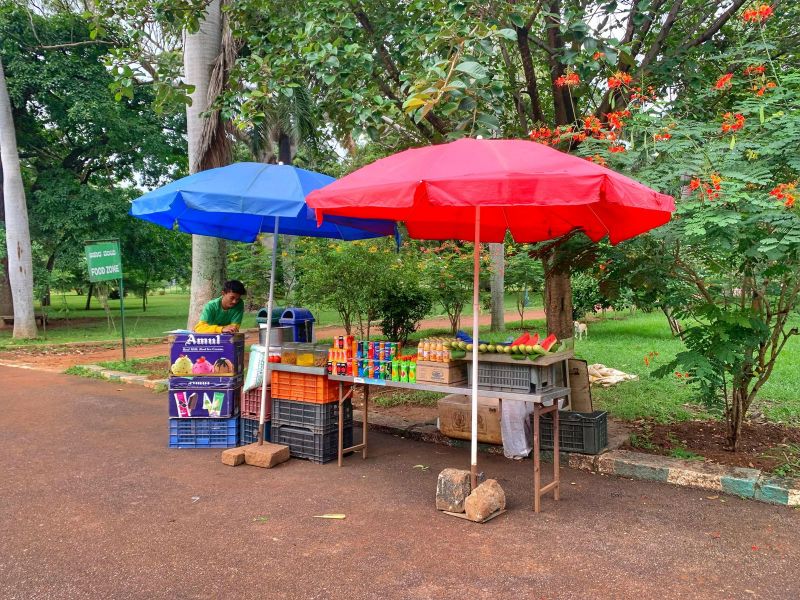
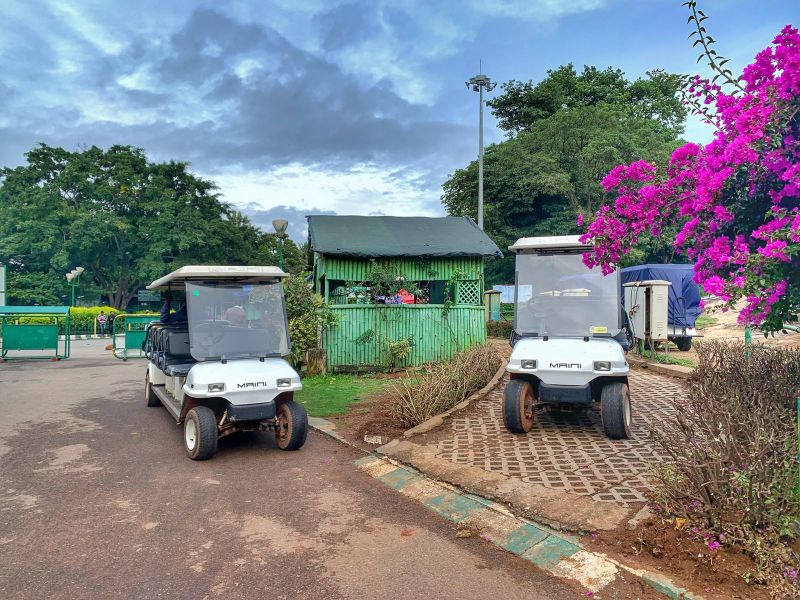
Things to See in Lalbagh
Guardroom
Situated adjacent to the west gate of Lalbagh stands the guardroom, a structure erected in 1940. Resembling a lantern, this room features glass windows and is crafted from granite. Originally intended for the watchman, the room provided a vantage point for overseeing activities within the vicinity.
West Gate
The West gate of Lalbagh, one of its charming entrances, welcomes visitors with its picturesque allure. Adjacent to this gate, on the right-hand side upon entry, stands a captivating stone entrance that offers a glimpse into the park’s rich architectural heritage.
Lalbagh Lake
Covering an expanse of 40 acres and boasting a maximum depth of 3.5 meters, Lalbagh Lake is a captivating natural gem celebrated for its rich biodiversity. This picturesque lake is adorned with two charming islands and serves as a sanctuary for a plethora of native and migratory bird species. Among the most frequently spotted avian inhabitants are cormorants, herons, kingfishers, egrets, pelicans, and Brahmini kites.
Bandstand
The Bandstand at Lalbagh, conceived by William New, a former British superintendent, was built over the period between 1858 and 1864. Historically, this structure served as a venue for entertainment, hosting military bands for performances and gatherings.
Hero Stones
Referred to as Veeragallu or Masti Kallu in Kannada, Hero Stones are ancient memorial markers dating back at least 500 years. These stones typically recount tales of valour, commemorating the sacrifices and heroic deeds of individuals who perished in battle or made significant sacrifices.
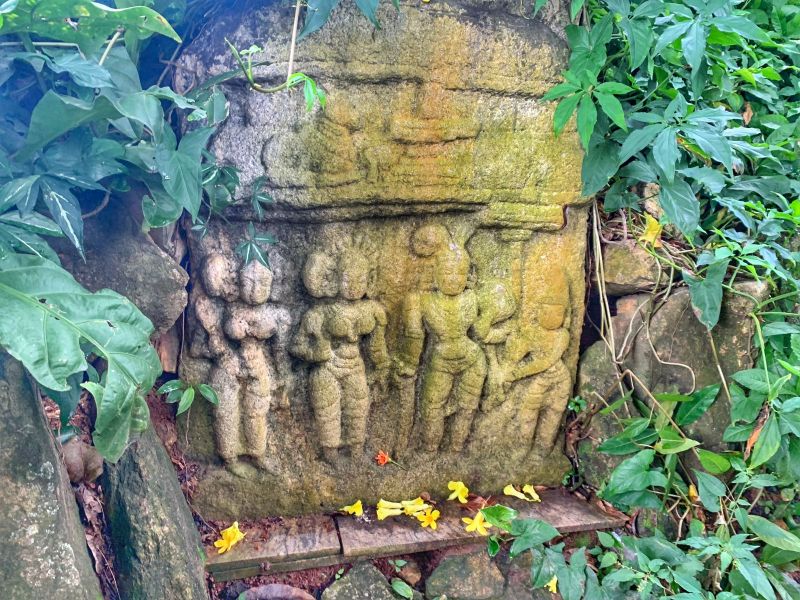

Dovecote
Constructed in the 1890s, the Dovecote is a sanctuary for pigeons and doves. This circular structure stands at a height of 15 feet and features holes encircling the upper walls. Its primary function is providing shelter and freedom to these avian residents.
Fossil Tree
Believed to be approximately 20 million years old, the fossil tree showcased at Lalbagh originates from the National Fossil Park in Tamil Nadu. The display consists solely of the trunk of this ancient tree, offering visitors a glimpse into its remarkable geological history.
Art Installations
Scattered throughout Lalbagh are numerous art installations crafted from deceased trees, some of which have stood for 200 to 250 years. Mango trees are frequently utilized in these artworks. While appreciative of the creativity showcased, I believe it would enhance the experience if each installation featured details such as the artist’s name, the artwork’s title, and the conceptual inspiration behind it.
Glasshouse
Constructed in 1889, the Glasshouse stands adjacent to the Bandstand and was erected in honour of the visit by Albert Victor, the grandson of Queen Victoria and former Prince of Wales. Its primary function is to provide a conducive environment for plants to acclimate to new surroundings and weather conditions. Additionally, the Glass House serves as the primary venue for the annual Lalbagh flower show.
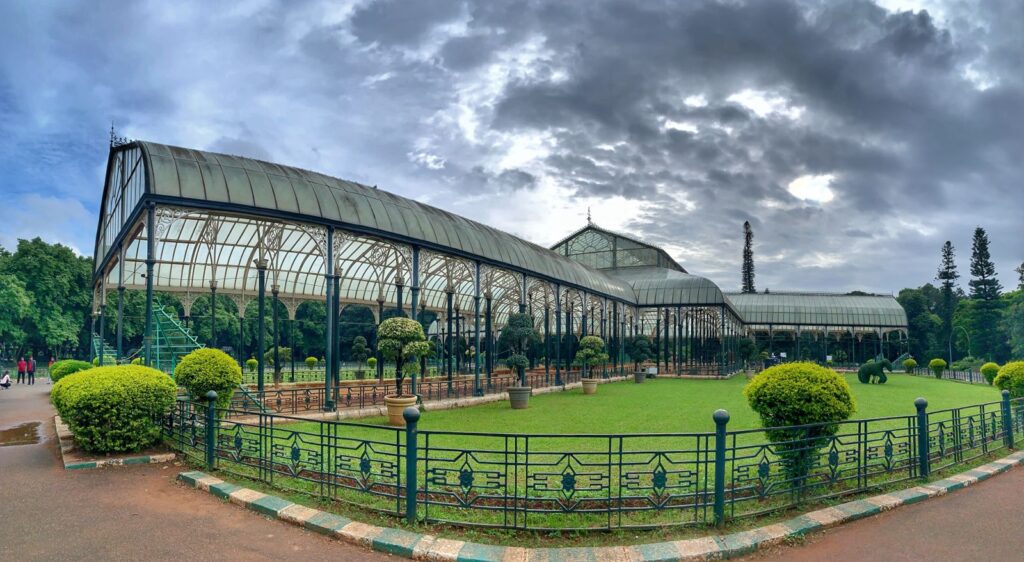
White Cotton Silk Tree
The White Cotton Silk Tree is a towering testament to time, estimated to be over 200 years old. This majestic deciduous giant reaches impressive heights of 25 to 30 meters. Its fruits yield white cotton sticks, which find utility in crafting pillows or bedding materials. Moreover, owing to its lightweight wood, the tree’s timber is commonly employed in constructing packing cases.
Floral Clock
Established in 1983, the Floral Clock is a prominent feature within a flower bed, centrally positioned and guarded by the iconic seven dwarfs from the beloved fairy tale, Snow White and the Seven Dwarfs. Generously donated by Hindustan Machine Tools (HMT), this grand clock adds a touch of whimsy and charm to its surroundings.
Did you know that there is a dedicated museum for HMT in Bangalore?
Chamarajendra Wodeyar Statue
Lalbagh proudly houses a striking statue commemorating the 23rd King of Mysore, Chamarajendra Wodeyar X, who reigned from 1868 to 1894. This majestic sculpture stands as a testament to his legacy within the picturesque surroundings of the garden.
African Boabab Tree
Originating from the African continent, the African Baobab tree is renowned for its longevity, with some specimens believed to have lived for over 2000 years. Its distinctive trunk is characterized by a swollen, bottle-shaped appearance, capable of storing an impressive amount of rainwater, up to 1250 litres.
Peninsula Gneiss
Commonly referred to as Lalbagh Rock or Lalbagh Hill, the Peninsula Gneiss holds a geological heritage dating back 2.5 to 3.4 billion years. Recognizing its significance, the Geological Survey of India designated the hill as a National Geological Monument in 1975, cementing its importance in India’s geological history.
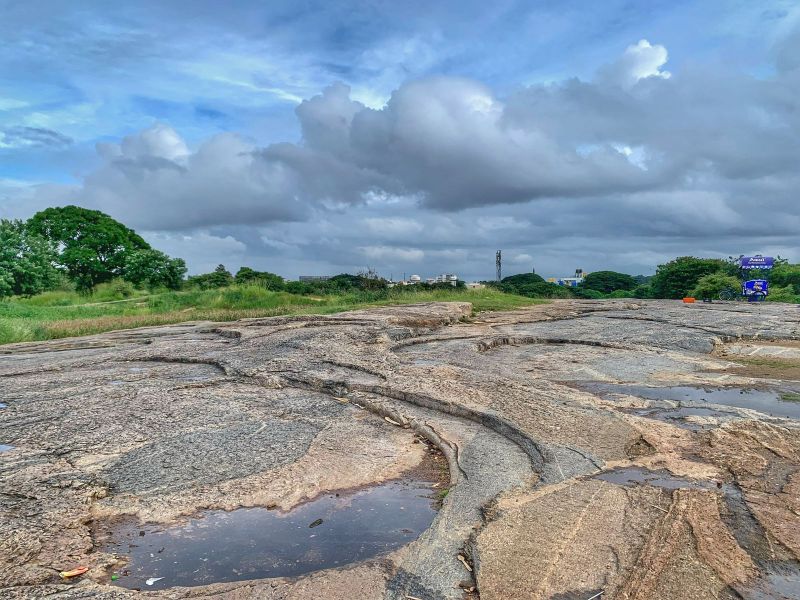

Kempegowda Watch Tower
Constructed in the 18th century by Kempegowda, the founder of Bangalore, the Kempegowda Watch Tower is a testament to the city’s rich history. Designed to demarcate the boundaries of Bangalore, this tower is one of four strategically positioned around the city.
Is Lalbagh Safe for Solo Female Travellers?
Lalbagh offers a safe environment for solo female travellers, with continuous monitoring and guards stationed throughout the park. However, exercise caution and watch your step, as the park is known to harbour snakes. Additionally, be vigilant, particularly after sunset when the park can become dimly lit.
Closing Notes
Lalbagh undeniably ranks among the most captivating destinations in Bangalore, beckoning visitors to immerse themselves in its timeless charm. A day spent exploring its verdant expanse is a journey through history and nature intertwined. With its abundance of walking tracks and lush greenery, the park is a haven for walkers and joggers seeking solace amidst its tranquil surroundings.
How can you support me?
You know how much I love coffee, so you can buy me a coffee – Buy me Coffee!
Or you can purchase from one of the below travel resources without any extra charge to you:
Travel Resources
Book your flight on Skyscanner.com or Trip.com
Reserve your accommodation on Stay22
Reserve your stay at a hostel on HostelWorld
Use RentalCars or DiscoverCars for hiring self-driven cars
Book your tours and travels or purchase tickets on Viator or GetYourGuide
For a universal SIM card, use DrimSim
Buy comprehensive travel insurance on SafetyWing and WorldNomads
If you liked this article and if it was helpful in your planning or travelling, do share, tweet, or pin this post.
Follow me on Instagram | Facebook | YouTube | Twitter | LinkedIn
Do you have a question? Do you want any suggestions and tips for travel, hikes, and scuba dives? Use the Subscription box below to sign up and get updates by email.

